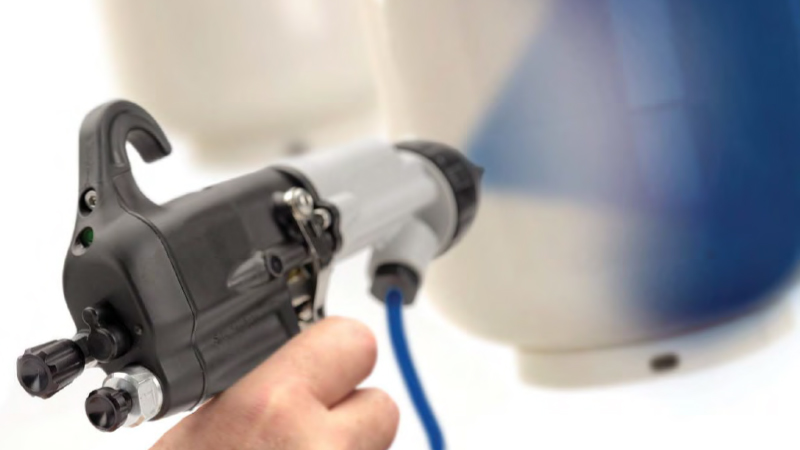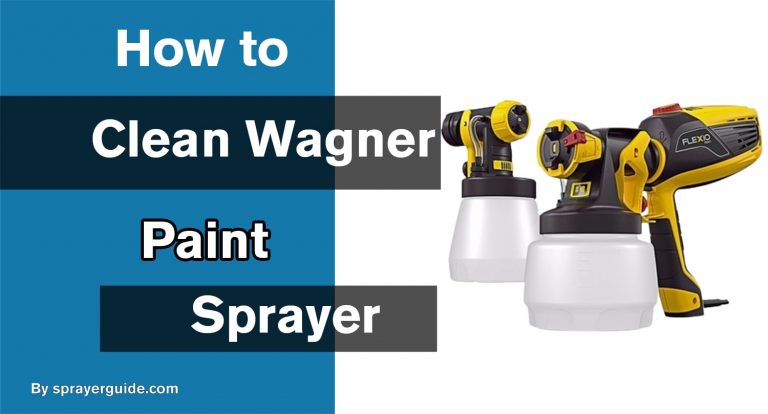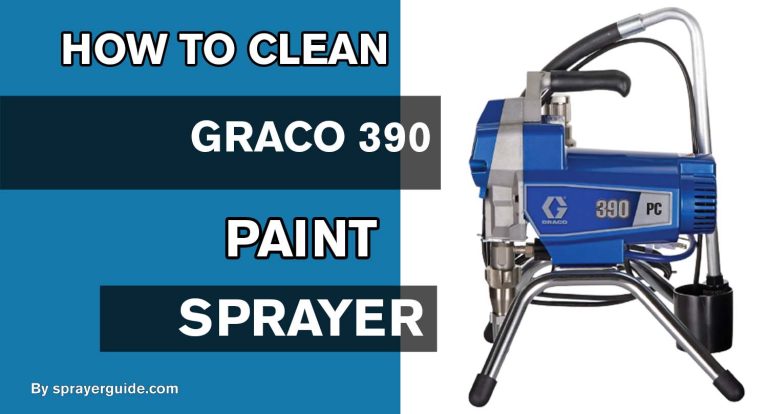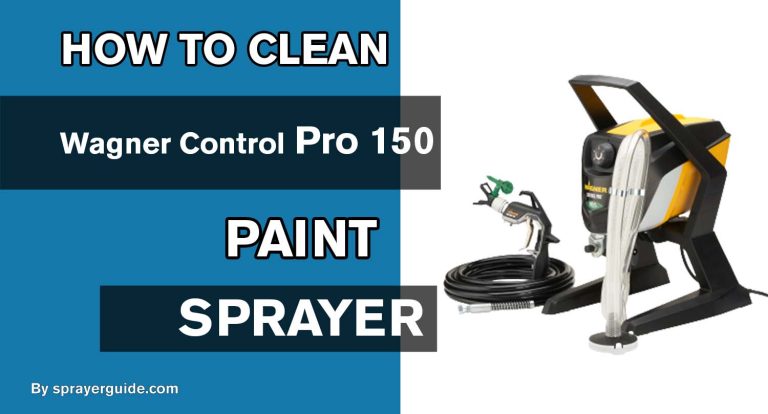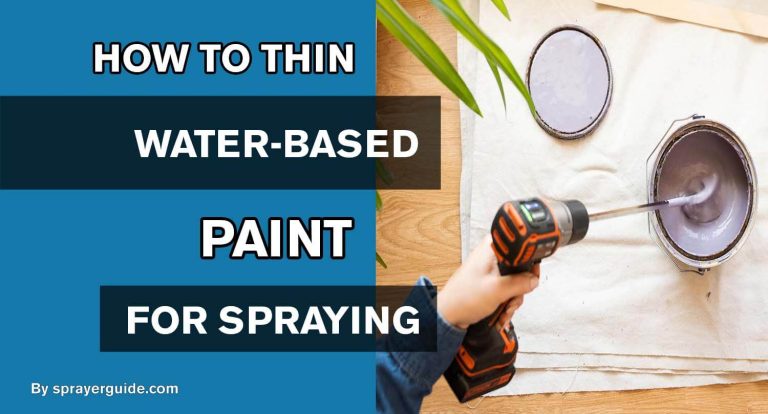Have you ever marveled at the flawless finish on a freshly painted surface and wondered how it was achieved? The answer lies in the innovative technology of electrostatic paint sprayers. These cutting-edge devices utilize the fascinating principle of electrostatic attraction to revolutionize the painting process, resulting in impeccable results that captivate your attention. In this article, we will delve into the inner workings of electrostatic paint sprayers, unraveling their basic principles and exploring the intricate components that make them tick. So buckle up as we embark on a journey through the realm of high-tech painting equipment, unlocking the secrets behind their remarkable efficiency and precision.
Overview of Electrostatic Paint Sprayers
Electrostatic paint sprayers are sophisticated devices designed to apply paint efficiently and precisely onto various surfaces. Unlike traditional paint sprayers that rely solely on pressure to propel paint particles, electrostatic sprayers utilize the principle of electrostatic attraction to achieve a superior finish.
Basic Principle
At the core of electrostatic paint sprayers lies the principle of electrostatic attraction. When electrically charged particles are sprayed from the gun, they are attracted to the grounded or oppositely charged surface, resulting in a uniform and even coating.
Explanation of Electrostatic Attraction Between Particles
The process begins with charging paint particles as they pass through the sprayer’s nozzle. These charged particles are then propelled towards the surface to be painted. The surface, typically grounded or oppositely charged, attracts the charged paint particles, ensuring they adhere evenly.
Equipment Components
Electrostatic paint sprayers contain several key components, each crucial in the painting process.
How Electrostatic Paint Sprayers Work?
Electrostatic paint sprayers are innovative tools used in various industries for efficient and high-quality paint application. They utilize the principles of electrostatics to achieve superior coating results. Here’s a step-by-step guide detailing how electrostatic paint sprayers work:
Paint Preparation:
Before the painting process begins, the paint is prepared thoroughly to ensure consistency and uniformity. The paint should be compatible with the electrostatic application method.
Charging:
In an electrostatic paint sprayer system, the paint is charged electrically. The paint reservoir or container is typically grounded, while the paint has a negative electrical charge. This is usually achieved by passing the paint through a charging electrode within the gun or using a separate mechanism.
Atomization:
Once the paint is charged, it is atomized into small, fine droplets. This atomization process can be achieved using various methods, such as air atomization or airless atomization, depending on the specific design of the paint sprayer.
Electric Field:
As the charged paint droplets travel through the barrel of the spray gun, they enter an electric field generated by the gun. This electric field interacts with the charged particles, causing them to be attracted to the grounded object or substrate being painted.
Deposition:
The charged paint particles are propelled toward the grounded object or substrate, creating an even and uniform coating. Because of the electrostatic attraction between the charged paint particles and the grounded surface, the paint adheres effectively and evenly, resulting in minimal overspray and waste.
Coverage:
The electrostatic attraction ensures that the paint particles are drawn toward all surfaces of the object being painted, including complex shapes and recessed areas. This results in comprehensive coverage and excellent finish quality.
Curing:
After the paint application is complete, the painted object may undergo a curing process, depending on the type of paint used. Curing could involve air drying, heat, or chemical curing, allowing the paint to bond and harden onto the surface fully.
Cleaning:
Once the painting process is finished, the electrostatic paint sprayer system should be adequately cleaned to prevent paint buildup and maintain its functionality for future use. This typically involves flushing the system with appropriate solvents or cleaners to remove residual paint.
Breakdown of the Spray Gun, Power Supply, and Nozzle
- Spray Gun: The handheld device responsible for releasing the charged paint particles.
- Power Supply: Provides the necessary electrical charge to the paint particles.
- Nozzle: Controls the flow and direction of the paint particles, ensuring precision and accuracy.
How Particles Become Positively Charged for Application
The power supply generates an electric charge, which is transferred to the paint particles as they pass through the sprayer’s nozzle. This charging process ensures the particles are positively charged and ready for application.
Application Technique
The application of paint using electrostatic sprayers is highly efficient and precise, thanks to the electrostatic attraction between the charged particles and the surface.
How the Positively Charged Particles Adhere to Surfaces
As the positively charged paint particles are released from the spray gun, they are attracted to the grounded or oppositely charged surface. This attraction ensures that the particles adhere evenly, resulting in a flawless finish.
Benefits of Using Electrostatic Paint Sprayers
- Uniform Coating: Electrostatic attraction ensures an even paint distribution, eliminating streaks and unevenness.
- Reduced Overspray: The targeted application reduces wastage and overspray, resulting in cost savings.
- Enhanced Efficiency: Electrostatic sprayers cover surfaces quickly and efficiently, reducing painting time.
- Improved Adhesion: The electrostatic charge ensures better adhesion and a durable finish.
Industries That Commonly Use This Technology
- Automotive: Used for precisely and consistently painting cars, trucks, and other vehicles.
- Manufacturing: Ideal for coating metal, plastic, and other materials in manufacturing processes.
- Construction: Employed for painting large structures, such as bridges and buildings, with speed and accuracy.
- Furniture: Utilized for painting furniture pieces with intricate designs and details.
Conclusion
In conclusion, electrostatic paint sprayers represent a significant advancement in painting technology. These devices offer unparalleled efficiency, precision, and quality in paint application by harnessing the power of electrostatic attraction. Whether in the automotive, manufacturing, construction, or furniture industries, electrostatic sprayers continue to revolutionize how surfaces are painted, delivering flawless results every time.
FAQs (Frequently Asked Questions)
While electrostatic sprayers are primarily used in industrial settings, smaller models are available for DIY enthusiasts.
Yes, electrostatic sprayers are compatible with various types of paint, including water-based and solvent-based formulations.
Routine cleaning and maintenance are necessary to ensure optimal performance and longevity of electrostatic sprayers.
Yes, electrostatic sprayers produce less overspray and waste, making them environmentally friendly compared to traditional painting methods.
Electrostatic sprayers are suitable for interior and exterior painting applications, providing excellent coverage and adhesion.

